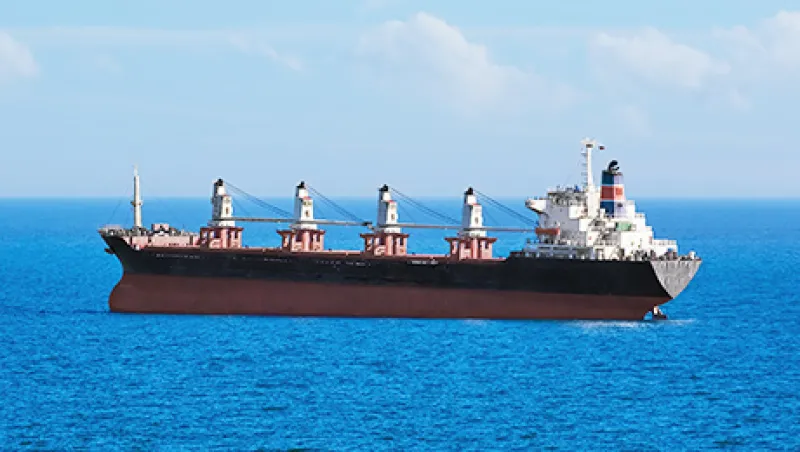J.P. Morgan Global Alternatives has closed a $480 million fund to invest in distressed shipping assets, attracting capital from pensions, endowments and insurance companies.
The firm, which has been investing in maritime for more than a decade, initially targeted $400 million for the fund, according to J.P. Morgan Global Alternatives managing partner Anton Pil. It’s already invested $312 million in 14 deals.
The shipping industry has been under stress for the past 18 months, said Pil, with J.P. Morgan Global Alternatives estimating the shipping industry needs $4.5 trillion in financing over the next 10 years. He said investors were interested in the new fund in part because shipping is one of few struggling sectors with cheap assets.
“The mood around shipping hasn’t been great,” Pil said. “But that’s when you get the best opportunities.”
The shipping industry is sensitive to macroeconomic trends such as global free trade policies, which are under threat from countries like the U.S. and the U.K., according to Pil. In the U.S., President Trump, for example, campaigned on the promise to rein in global trade, which he claims hurt U.S. workers. In the U.K., populist voters opted for Brexit, with Britain set to divorce the European trading bloc in 2019.
Pil remains confident about the long-term prospects of shipping despite current conditions. He said that global trade might not be growing at 8 percent a year as it has in the past, but that shipping is still the most efficient way to move goods around the world.
J.P. Morgan Global Alternatives has $1.26 billion in institutional client capital dedicated to shipping strategies, and says it ranks in the top 5 percent of ship owners globally.
Even in good times, the sector can help investors diversify portfolios.
“Clients are always open to finding and accessing parts of the market that aren’t well covered and that have unique characteristics,” said Pil.







